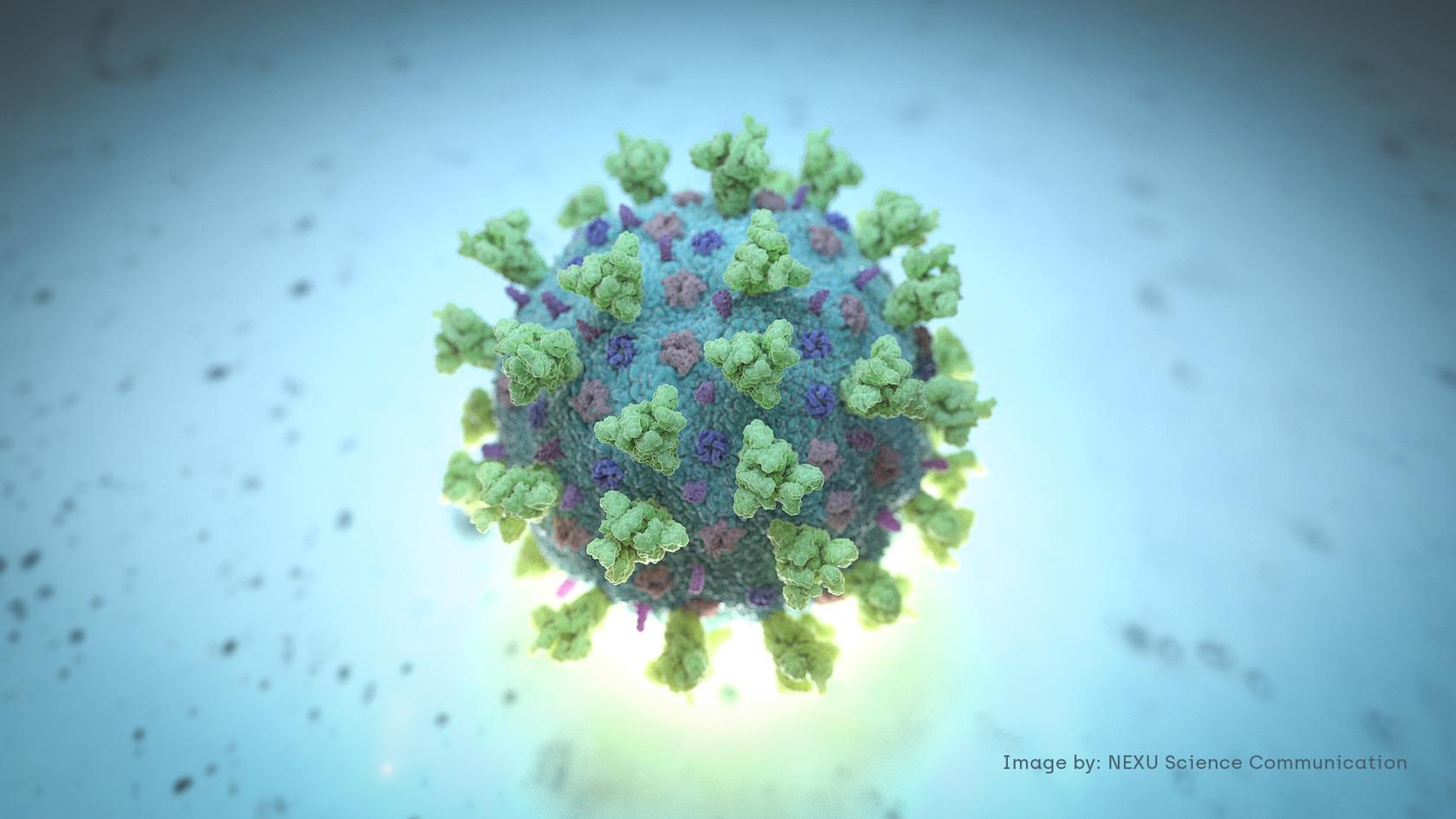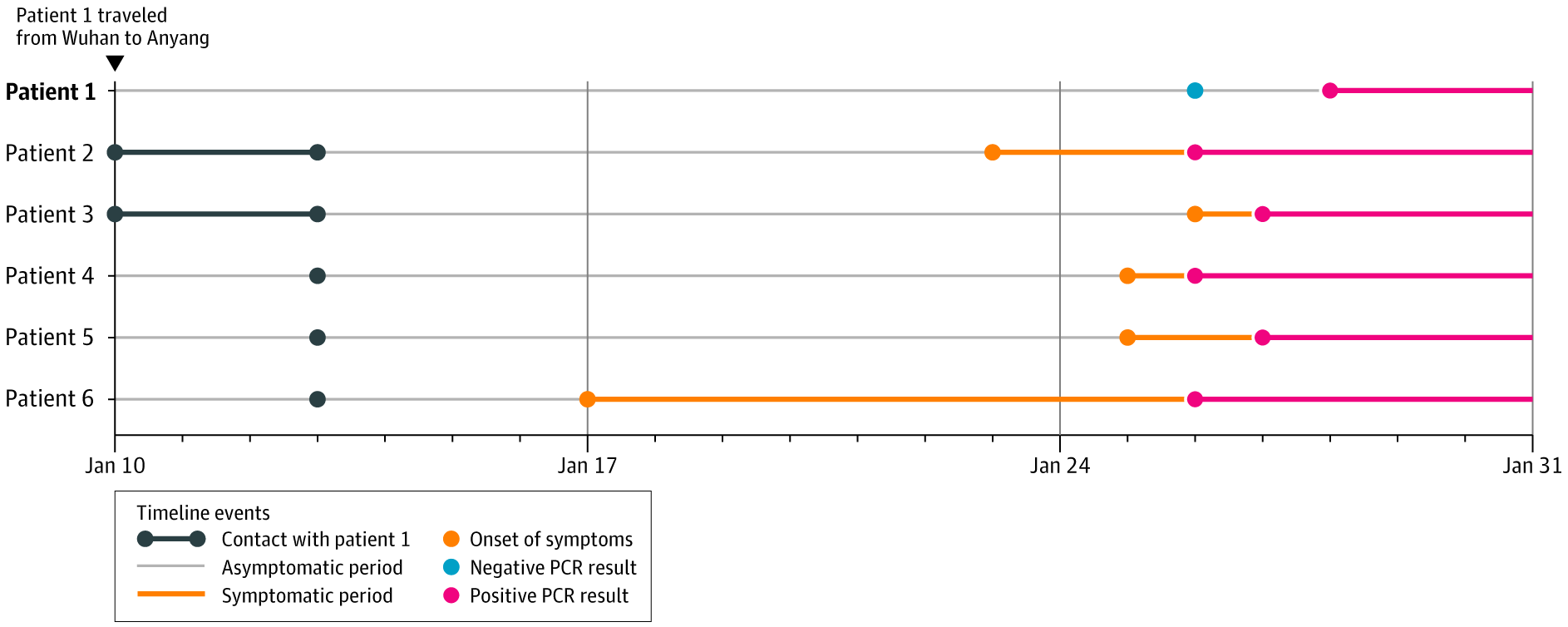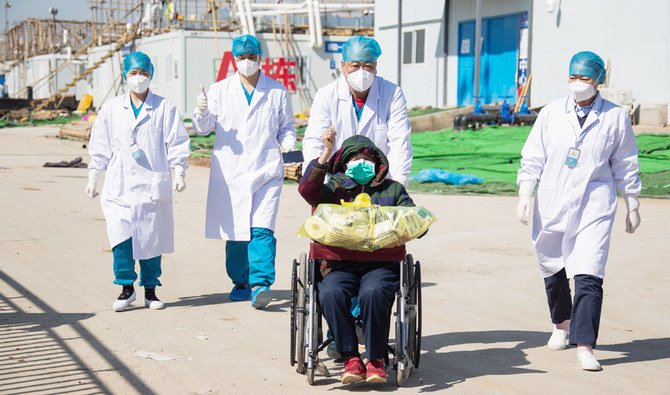A 20-Year-Old Infected 5 Of Her Family Members Despite Not Showing Any COVID-19 Symptoms
The woman from the Chinese city of Wuhan also tested negative.
On Friday, 21 February, scientists presented new evidence about the coronavirus disease (COVID-19) outbreak, reporting that it can be spread by an infected individual who does not show any symptoms
So far, the new coronavirus has infected more than 77,890 people globally and killed over 2,350 patients in mainland China. On a positive side, though, a total of 21,139 of those infected globally have recovered.
However, the new evidence that was published in the Journal of the American Medical Association (JAMA) demonstrates how the outbreak is spreading and suggested why it may be difficult to stop.
A Reuters report quoted an infectious disease expert who was not involved in the case study, saying: "Scientists have been asking if you can have this infection and not be ill? The answer is apparently, yes."
A computer image created by Nexu Science Communication together with Trinity College in Dublin shows a model structurally representative of a beta coronavirus which is the type of virus linked to COVID-19.
Image via Nexu Science Communication/ReutersThe scientists presented their evidence on a case study about a 20-year-old Chinese woman from Wuhan, the epicentre of the outbreak
The woman travelled 675km north to Anyang, a prefecture-level city in Henan province.
During her travel on 10 January, the woman visited several of her family members and infected five relatives, without ever showing signs of infection, according to the study by Dr Meiyun Wang.
A radiologist, professor, and director of the Medical Imaging Centre of Henan Province, Dr Meiyun is also the director of the Department of Radiology of the People's Hospital of Zhengzhou University.
When the woman's relatives started getting sick, doctors isolated her and tested her for COVID-19. Initially, she tested negative, but a follow-up test came positive for the new coronavirus.
"Results of reverse transcription polymerase chain reaction (RT-PCR) testing were negative on 26 January, positive on 28 January, and negative on 5 and 8 February," according to the study.
While all five of her relatives developed COVID-19 pneumonia, the young woman had not developed any symptoms as of 11 February with her chest CT scan remaining normal.
She also had no fever, stomach, or respiratory symptoms, such as cough or sore throat.
"If the findings in this report of presumed transmission by an asymptomatic carrier are replicated, the prevention of COVID-19 infection would prove challenging," the scientists wrote in the study.
Dr William Schaffner, the infectious disease expert quoted by Reuters, said that the 20-year-old woman's case provided a "natural laboratory" to study the new coronavirus disease, officially named COVID-19
"You had this patient from Wuhan where the virus is, travelling to where the virus wasn't," he said.
"She remained asymptomatic and infected a bunch of family members and you had a group of physicians who immediately seized on the moment and tested everyone."
According to Dr Schaffner, key questions now are how often does this kind of transmission occur and when during the asymptomatic period does a person test positive for the virus.
Photo shows a recovered patient being discharged from Leishenshan Hospital, a newly-built makeshift hospital for coronavirus patients, in Wuhan on 18 February.
Image via AFP

